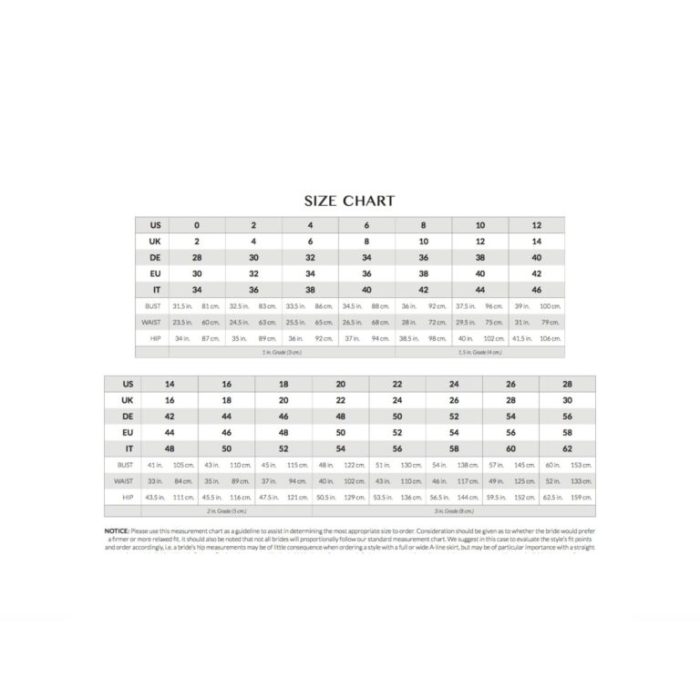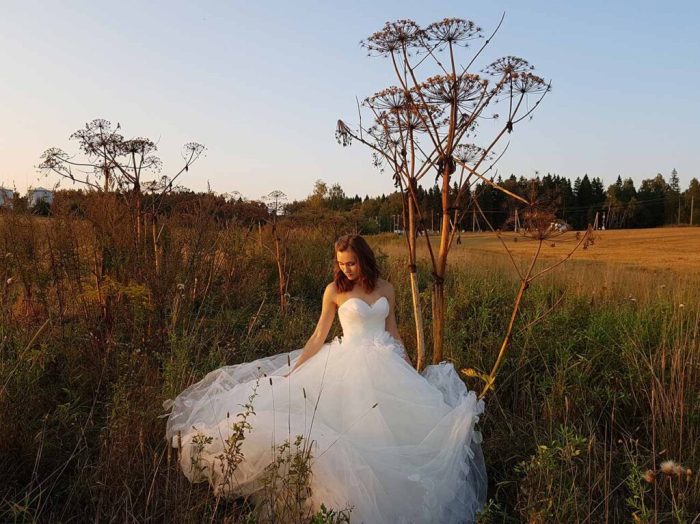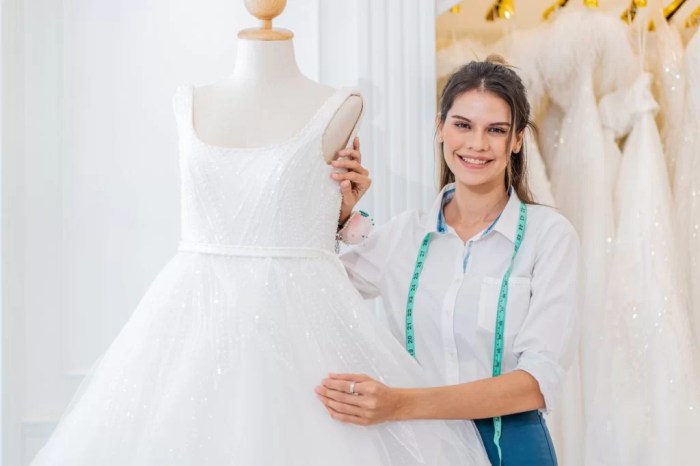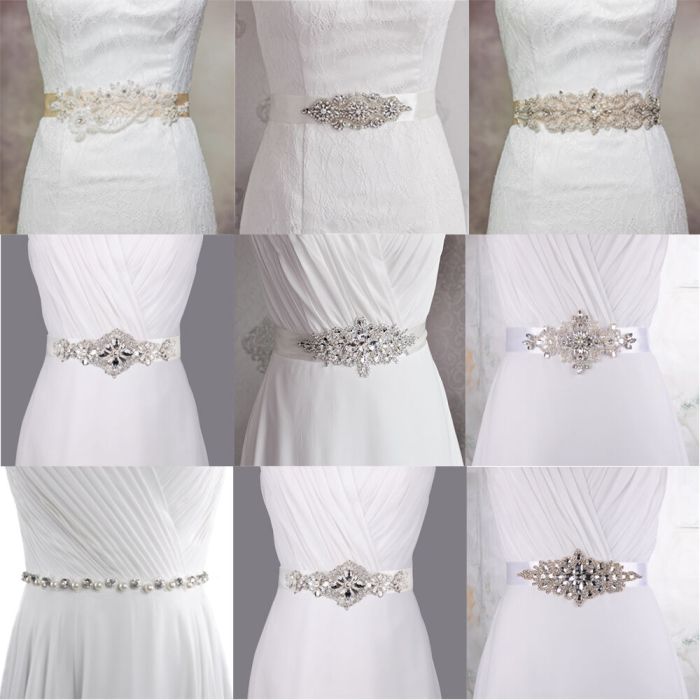Wedding Dress Alteration Prices: A Comprehensive Guide: Wedding Dress Alterations Prices

Source: josabimariees.com
Wedding dress alterations prices – Planning a wedding involves numerous details, and one often overlooked aspect is the cost of wedding dress alterations. This guide provides a comprehensive overview of wedding dress alteration pricing, considering various factors influencing the final cost. We’ll explore geographic variations, alteration types, and crucial considerations for budgeting and navigating the alteration process.
Wedding dress alterations can significantly impact the overall cost, varying widely based on the complexity of the changes. For inspiration, consider the intricate details of Princess Eugenie’s wedding dress; you can see a picture of it here: princess eugenie wedding dress. Understanding the potential alterations needed for your own gown will help you budget effectively for these essential finishing touches.
Geographic Variations in Wedding Dress Alteration Costs
Alteration costs vary significantly depending on location. Several factors contribute to these differences, including cost of living, market competition, and the availability of skilled seamstresses.
| City | Basic Alterations (Average Price Range) | Complex Alterations (Average Price Range) |
|---|---|---|
| New York, NY | $300 – $800 | $800 – $2000+ |
| Los Angeles, CA | $250 – $700 | $700 – $1800+ |
| Chicago, IL | $200 – $600 | $600 – $1500+ |
Price differences between rural and urban areas are primarily influenced by three factors: higher overhead costs for urban businesses (rent, utilities), increased competition in urban areas potentially leading to lower prices in some cases, and higher demand in urban areas which can sometimes drive prices up. The cost of living directly impacts pricing, as higher living costs often translate to higher labor costs for seamstresses.
Types of Alterations and Their Associated Costs
A wide range of alterations can be performed on a wedding dress, each with its own price tag. The complexity of the design and the fabric type heavily influence the cost.
- Hemming
- Bustle addition
- Bodice alterations (taking in or letting out)
- Sleeve alterations (adding, removing, or altering existing sleeves)
- Train alterations (lengthening or shortening)
- Adding or removing straps
- Zipper or closure replacement
- Custom design changes
| Alteration Type | Average Price Range |
|---|---|
| Hemming | $100 – $300 |
| Bustle Addition | $150 – $400 |
| Bodice Alterations | $150 – $500 |
| Sleeve Alterations | $200 – $600 |
| Train Alterations | $150 – $400 |
| Adding/Removing Straps | $50 – $150 |
| Zipper/Closure Replacement | $100 – $300 |
| Custom Design Changes | $300 – $1000+ |
Factors such as intricate beading, delicate lace, or heavy fabrics can significantly increase the cost of an alteration due to the increased time and skill required.
Factors Influencing the Overall Price
Beyond the specific alteration type, several other factors influence the final price. These factors play a critical role in determining the overall cost.
The seamstress’s experience level directly impacts pricing. More experienced seamstresses often charge higher rates due to their expertise and efficiency. Using a bridal boutique typically results in higher costs compared to an independent seamstress, due to higher overhead and potentially higher markup.
| Factor | Bridal Boutique | Independent Seamstress |
|---|---|---|
| Price | Generally Higher | Generally Lower |
| Convenience | Often More Convenient | May Require More Scheduling/Coordination |
| Expertise | Typically Experienced Seamstresses | Experience Varies |
Understanding the Alteration Process

Source: alterationsplus.us
The alteration process typically involves several steps to ensure a perfect fit and flawless final product.
- Initial Consultation: Discussing desired alterations and obtaining measurements.
- First Fitting: Checking the initial alterations and making adjustments.
- Second Fitting (if needed): Fine-tuning the alterations for a perfect fit.
- Final Fitting: Ensuring everything is perfect before the big day.
To prepare for an alteration appointment, bring your dress, shoes, and undergarments you plan to wear on your wedding day. Clearly communicate your vision for the alterations, provide any inspiration images, and be prepared to discuss your budget.
- Bring your dress, shoes, and undergarments.
- Bring inspiration pictures.
- Discuss your budget openly.
- Be prepared for multiple fittings.
During each fitting, expect the seamstress to carefully assess the fit, make necessary adjustments, and discuss any concerns or questions you may have.
Budgeting for Alterations
Creating a realistic budget is essential to avoid unexpected expenses. Consider the various alteration types needed and allocate funds for potential unforeseen issues or adjustments.
Always obtain multiple quotes from different alteration services to compare prices and services offered. Negotiating prices is possible, but it’s important to be respectful and understand the value of the seamstress’s expertise. Focus on clearly stating your budget constraints while emphasizing the importance of quality workmanship.
Visual Examples of Alterations, Wedding dress alterations prices

Source: loveyourdress.ca
Several alterations can significantly impact the dress’s look and feel. Taking in the bodice, for example, might cost between $150-$300 depending on the fabric and complexity. Adding sleeves could range from $200-$600, and altering the train length might cost $150-$400. A simple alteration, like hemming, could unexpectedly require more work if the fabric is delicate or layered, increasing the cost.
A high-quality alteration will feature precise stitching, clean seams, and a seamless integration of any added elements. A low-quality alteration might show visible stitches, uneven seams, or poorly matched fabrics.
Essential FAQs
What is the average turnaround time for wedding dress alterations?
Turnaround times vary depending on the complexity of the alterations and the seamstress’s workload, but typically range from 4-8 weeks.
Can I bring my own fabric for repairs or additions?
Some seamstresses may accept client-provided fabric, but it’s best to discuss this beforehand to ensure compatibility with the dress fabric and to avoid potential issues.
What happens if I need additional alterations after the initial fittings?
Most seamstresses account for minor adjustments. However, significant changes after the final fitting may incur additional costs. Always clarify their policy on this upfront.
What payment methods are typically accepted by seamstresses?
Most seamstresses accept cash, checks, and credit cards. It’s always best to confirm their preferred payment methods before your appointment.

